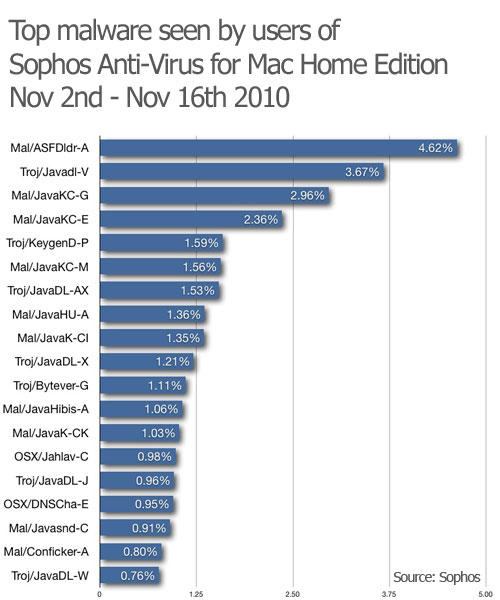
The cybersecurity landscape in 2019 saw a return of well-known data-stealers such as Emotet, Dridex, and Ursnif, which target organizations on a large scale. Such high-profile organizations as Quora question-answer site, Marriott hotel chain, MyHeritage genealogy service, and many others exposed millions of users' records, including names and surnames, emails, phone numbers, banking details, and other credentials. Banking trojans like Trickbot, Emotet, and Ursnif made its appearances as well, stealing banking details in targeted and wide-spread attacks.Įven though malware attacks were active, 2018 was dubbed a year of data breaches. Furthermore, a seemingly old but infamous WannaCry was still extremely active, counting as many as 75,000 attacks in Q3 of 2018.

Nonetheless, ransomware still remains one of the most devastating cyber infections which threatens businesses and regular computer consumers.Ģ018 saw heavy attacks of SamSam ransomware on Atlanta city and LabCorp, as well as GandCrab, being one of the most active crypto viruses throughout the year. In 2019, the number of successful ransomware attacks was approximately 188 million. While such threats like ransomware saw a massive rise in 2016, the number of attacks over the next few years declined. The rise in technology made cybercriminals work harder, as they realized that making money online can be profitable and sometimes risk-free, increasing the frequency and severity of malware attacks all around the world. The start of the 21st century brought us into a new digital era where information is stored on digital drives, cryptocurrencies dictate prices of graphics cards, and such threats like ransomware devastate schools, hospitals, airports, and even cities.
Best anti malware programs for mac software#
See Protecting app access to user data for ways that macOS can help protect user data from malware, and Operating system integrity for ways macOS can limit the actions malware can take on the system.Stepping into the new year of 2021 with comprehensive security software
Best anti malware programs for mac mac#
There are additional protections, particularly on a Mac with Apple silicon, to limit the potential damage of malware that does manage to execute. These protections combine to support best-practice protection from viruses and malware. XProtect adds to this defense, along with Gatekeeper and Notarization.įinally, MRT acts to remediate malware that has managed to successfully execute. The next layer of defense is to help ensure that if malware appears on any Mac, it’s quickly identified and blocked, both to halt spread and to remediate the Mac systems it’s already gained a foothold on. The first layer of defense is designed to inhibit the distribution of malware, and prevent it from launching even once-this is the goal of the App Store, and Gatekeeper combined with Notarization. Block malware from running on customer systems: Gatekeeper, Notarization, and XProtectģ. Prevent launch or execution of malware: App Store or Gatekeeper and NotarizationĢ. Malware defenses are structured in three layers:ġ. iPhone Text Message Forwarding securityĪpple operates a threat intelligence process to quickly identify and block malware.How iMessage sends and receives messages.Adding transit and student ID cards to Wallet.Rendering cards unusable with Apple Pay.Adding credit or debit cards to Apple Pay.Protecting access to user’s health data.How Apple protects users’ personal data.Activating data connections securely in iOS and iPadOS.Protecting user data in the face of attack.Protecting keys in alternate boot modes.



 0 kommentar(er)
0 kommentar(er)
